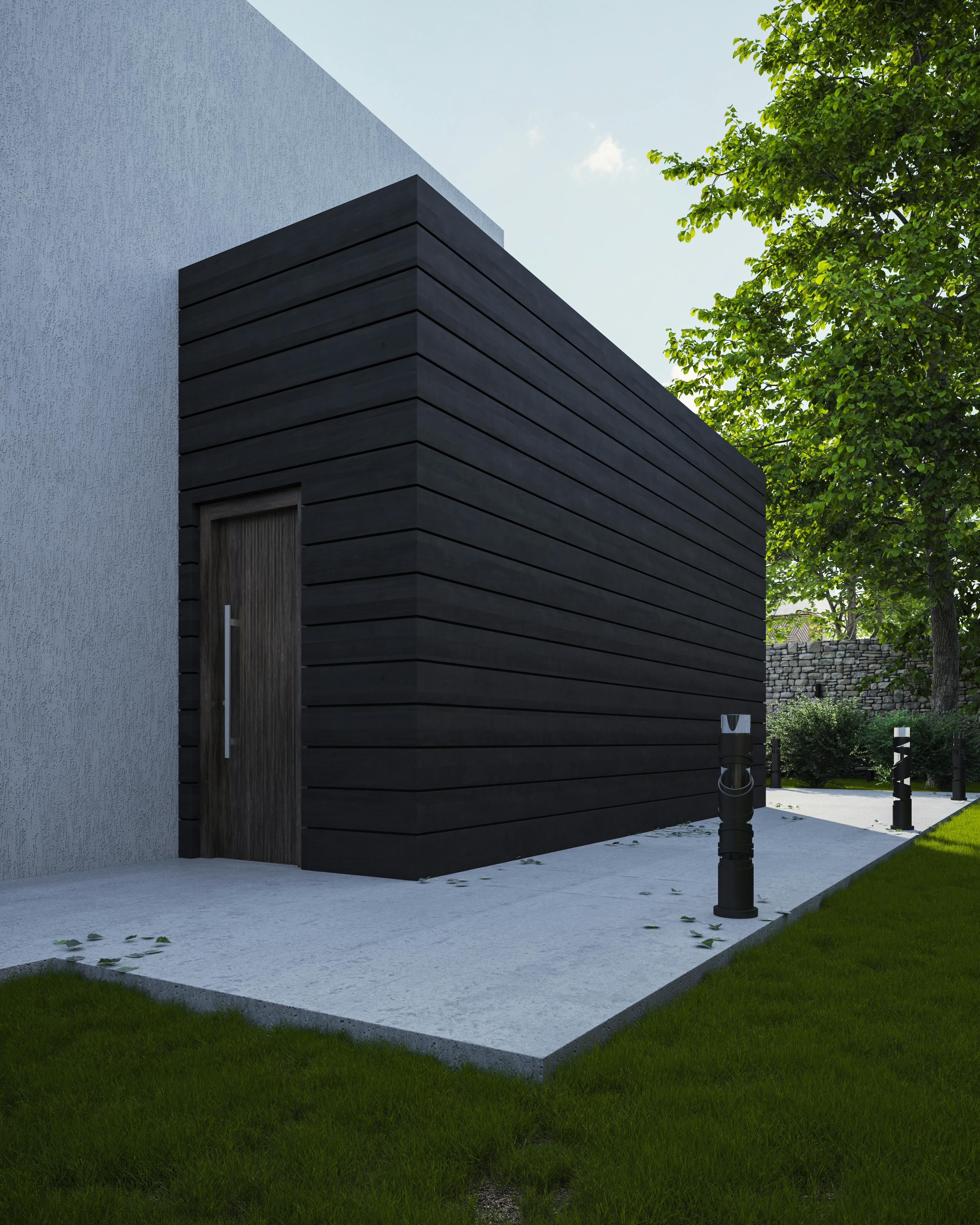Choosing the right render for your home is essential for both aesthetic appeal and long-term durability. The exterior of your home faces constant exposure to weather conditions, so selecting the right house rendering material is crucial for maintaining its strength and appearance.
Different climates require different types of render finishes to ensure optimal protection from the elements, including excessive heat, heavy rainfall, and high humidity. Whether you live in a hot, humid, or cold region, choosing the right rendering option can significantly improve your home’s insulation, moisture resistance, and overall structural integrity.
Additionally, a well-chosen render enhances curb appeal, giving your home a stylish and modern look.
In this guide, we’ll explore the best rendering options for different climates, discuss their benefits, and provide practical tips to help you make an informed decision for your home’s exterior.
Understanding Different Types of Render
There are several types of render finishes, each offering unique benefits based on climate conditions. The most commonly used options include:
Cement Render: A traditional and durable choice that works well in various weather conditions. It is often used in rendered homes for its affordability and strength.
Concrete Render: Made using a concrete render mix, this type provides a robust and weather-resistant surface, making it suitable for areas with extreme temperatures.
Brick Render: Ideal for modern homes, brick rendering enhances insulation while giving a smooth or textured appearance.
Coloured Rendered Houses: Pigments can be added to the render to create vibrant exteriors that withstand fading due to UV exposure.
Render and Cladding: A combination of rendering and cladding enhances protection and visual appeal, making it a versatile option for different climate conditions.
Each type of render has its own advantages, so choosing the right one depends on the climate and maintenance preferences.
Best Render for Different Climates
Hot and Dry Climates
If you live in an area with high temperatures and little rainfall, you need a render that reflects heat and prevents cracks. The best choices include:
Cement Render Finishes: These are breathable and help reduce heat absorption.
Coloured Rendered Houses: Lighter shades reflect sunlight and keep homes cooler.
Render and Cladding: A combination of both provides extra insulation and protection from extreme heat.
Brick Render: This option can be combined with insulation layers to prevent excessive heat absorption.
Cold and Wet Climates
In colder regions with frequent rain or snow, moisture resistance is key. The best rendering options include:
Concrete Render Mix: A durable solution that prevents water absorption and enhances insulation.
Rendered Walls: Applying waterproof coatings over rendered wall surfaces can help prevent damage from moisture.
Render Brick: Brick surfaces covered with the right render provide extra protection from harsh weather.
Cement Rendering with Sealants: Adding a waterproof sealant over cement render enhances its resistance to cold and moisture damage.
Humid and Coastal Areas
Homes near the coast or in humid areas require renders that can resist salt damage and moisture buildup. Recommended options are:
Cement Rendering: Offers strong adhesion and durability against humidity.
Rendered House with Waterproof Sealants: Adding a protective coating to rendered homes prevents salt and water damage.
Render and Cladding: Using both materials together creates a stronger barrier against humidity and coastal conditions.
Brick Rendering with Weatherproof Additives: Enhances protection against coastal moisture and wind.
Comparing Rendered and Non-Rendered Homes
Many homeowners wonder whether they should opt for rendered homes or leave their exterior walls unrendered. Here’s a comparison:
Feature | Rendered Homes | Non-Rendered Homes |
Weather Protection | High (depends on type) | Moderate (depends on material) |
Aesthetic Appeal | High (smooth & modern finish) | Moderate (exposed brick/stone look) |
Maintenance | Requires occasional sealing & cleaning | May need more repairs due to weather exposure |
Insulation | Better thermal efficiency | Lower insulation compared to rendered walls |
For homeowners who want a balance between aesthetics and durability, brick render or cement render finishes are excellent choices.
How to Maintain Rendered Walls
No matter which render type you choose, proper maintenance is essential to extend its lifespan. Here are some tips:
Regular Cleaning: Use a mild detergent and water to clean dirt and stains.
Repair Cracks Promptly: Small cracks can lead to bigger problems if left unchecked.
Apply Protective Coatings: Waterproof sealants can enhance durability, especially in wet climates.
Brick Rendering Touch-Ups: If using brick render, occasional touch-ups may be necessary to maintain its smooth appearance.
Hire a Tradie for Repairs: If you notice significant wear or damage, it’s best to hire tradie professionals to ensure proper fixes.
Final Wrap-Up
Choosing the right render depends on your home’s climate and personal preferences. Whether you go for cement render, concrete render, or brick rendering, the key is to select a material that enhances durability and insulation while complementing the architectural style of your home.
Properly applied and maintained render finishes can significantly improve energy efficiency by regulating indoor temperatures, reducing maintenance costs in the long run. By understanding the benefits of different render finishes and maintaining your rendered walls, you can ensure your home remains protected, visually appealing, and structurally sound for years to come.
Taking the time to choose the best rendering option will not only safeguard your home but also increase its value in the property market.




